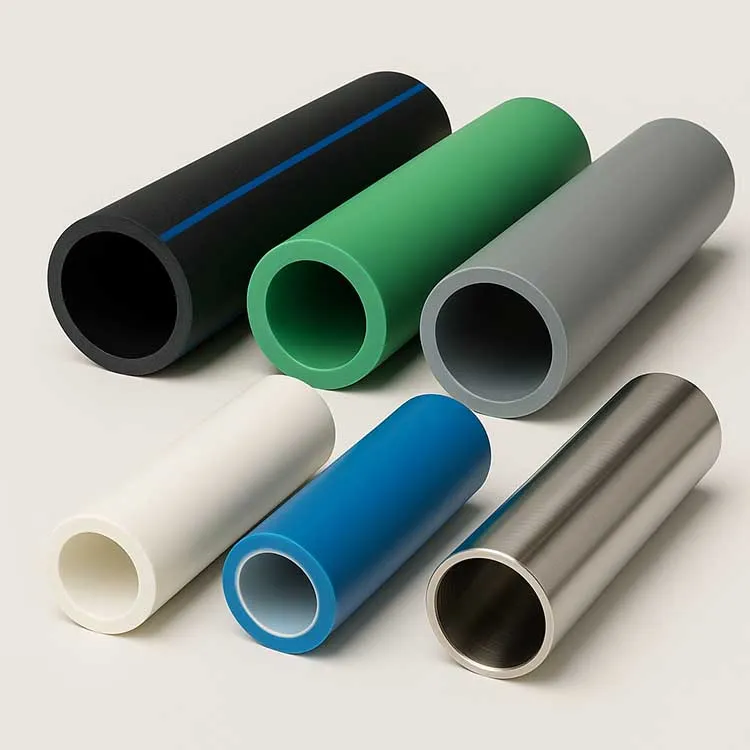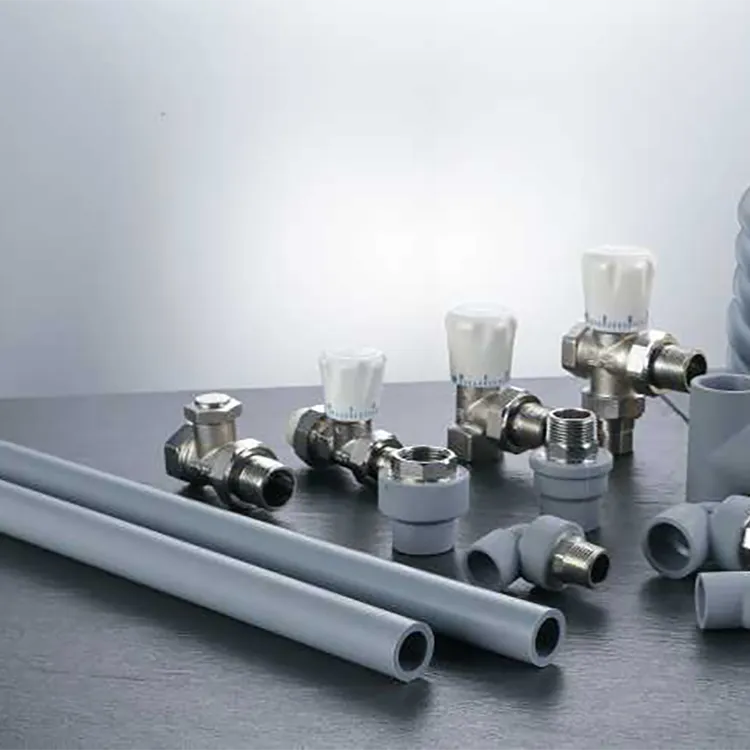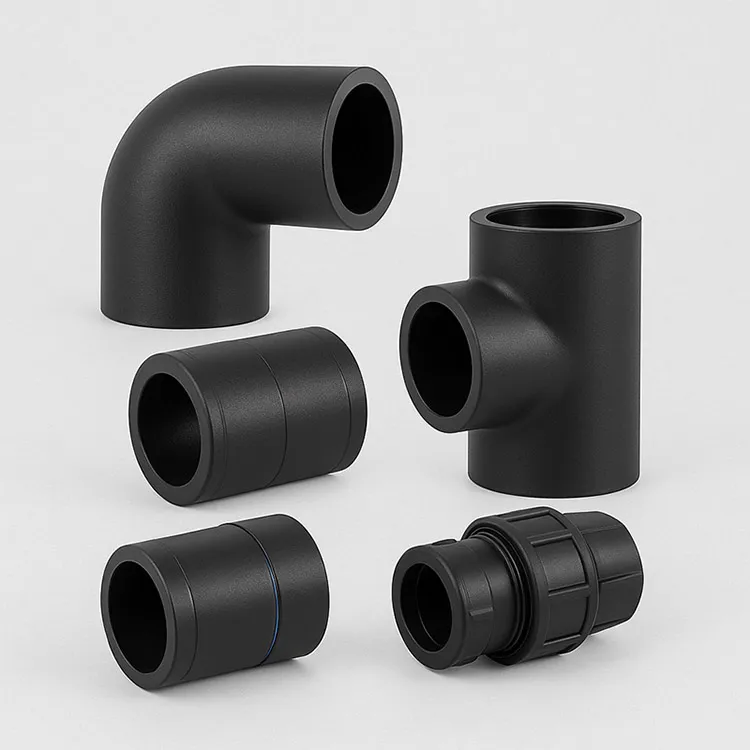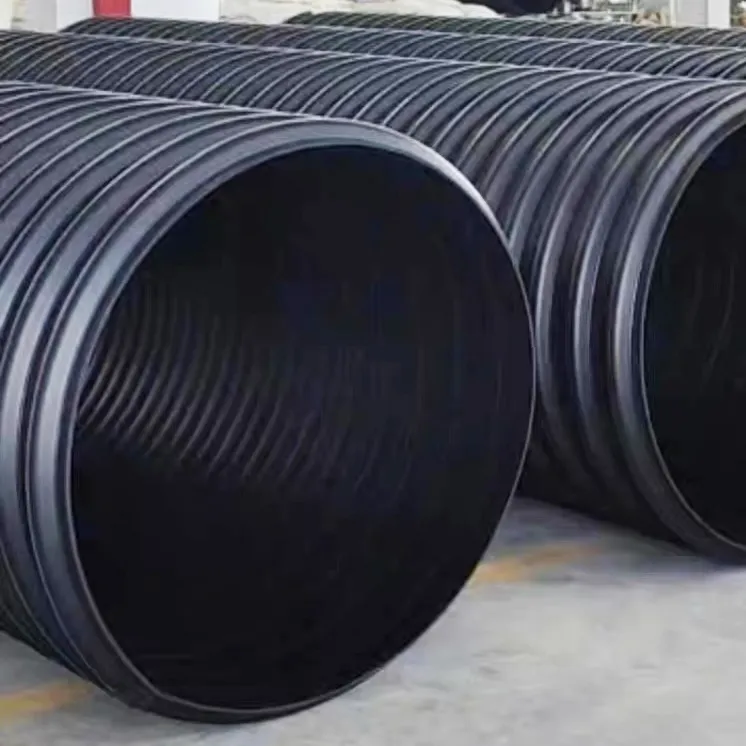Question 1: How many colors are there for PE pipes?
Answer: PE pipes are generally black, but they can also be customized in different colors according to customer needs. But whether it is black, white or red, different colored pipes are the result of adding different colored masterbatches, which has nothing to do with quality. The purpose is to prevent the pipes from breeding bacteria due to light transmission. Many people have misunderstandings about PE pipes during use, thinking that the quality of PE pipes is determined by color, but in fact the color of PE pipes is determined by the color of the added masterbatches.
Masterbatches are a new type of special colorant for polymer materials. Masterbatches are composed of three basic elements: pigments or dyes, carriers and additives. Generally, our common PE pipes use black masterbatches.
Question 2: Can PE pipes be used outdoors?
Answer: Yes, but using PE pipes outdoors will shorten their service life, because ultraviolet rays and wind and sun will accelerate the aging of PE pipes.
Question 3: Can PE pipes be used in winter?
Answer: The low-temperature catalytic temperature of polyethylene is extremely low, and it can be used safely in the range of -60-60℃. During winter construction, the pipe will not crack due to the good impact resistance of the material. PE pipes have very good toughness, so they will not be damaged by freezing when used outdoors. This is one of the greatest properties of PE pipes: low temperature resistance and antifreeze.
Question 4: Is PE pipe toxic?
Answer: PE pipes are divided into new material PE pipes and recycled material PE pipes. New material PE pipes have good hygienic properties: no heavy metal salt stabilizer is added during PE pipe processing, the material is non-toxic, non-stratified, and does not breed bacteria, which solves the secondary pollution of urban drinking water very well. Because PE pipes are clean and hygienic, they are widely used in urban water supply, food and other industries, but PE pipes with recycled materials are toxic and do not have the aforementioned hygienic properties.
Question 5: Are all PE pipe connection methods hot-melt connection?
Answer: The most commonly used connection method for PE pipes is hot-melt connection. In addition, there are also methods such as electric fusion connection, flange connection, and threaded connection.



981.webp)

 (1)379.webp)

294.webp)
476.webp)
420.webp)
146.webp)
460.webp)
287.webp)
274.webp)
688.webp)


